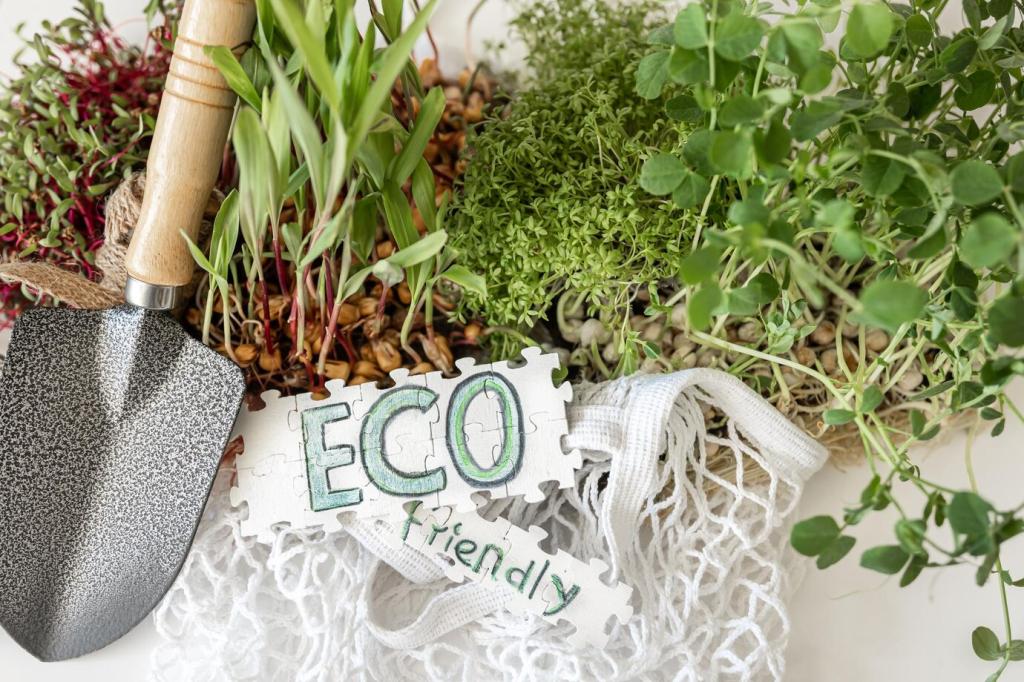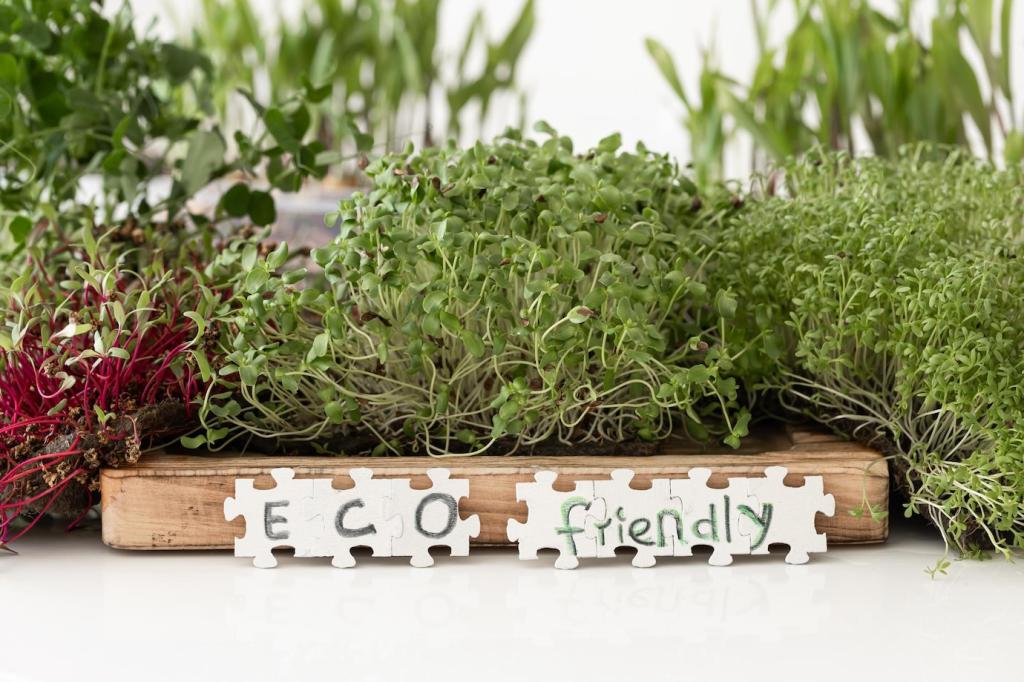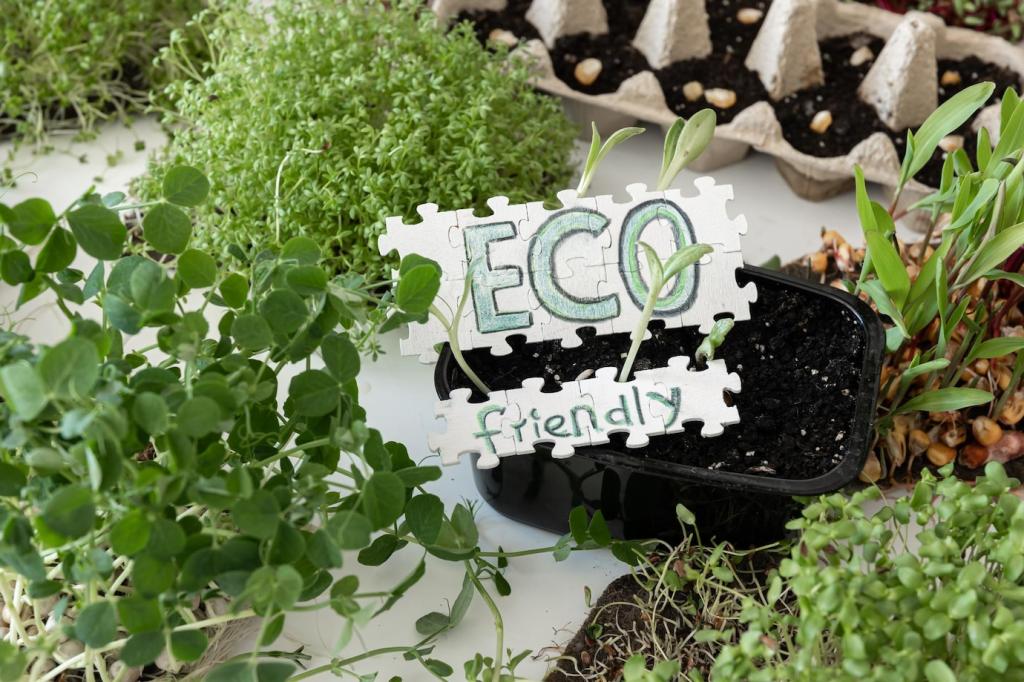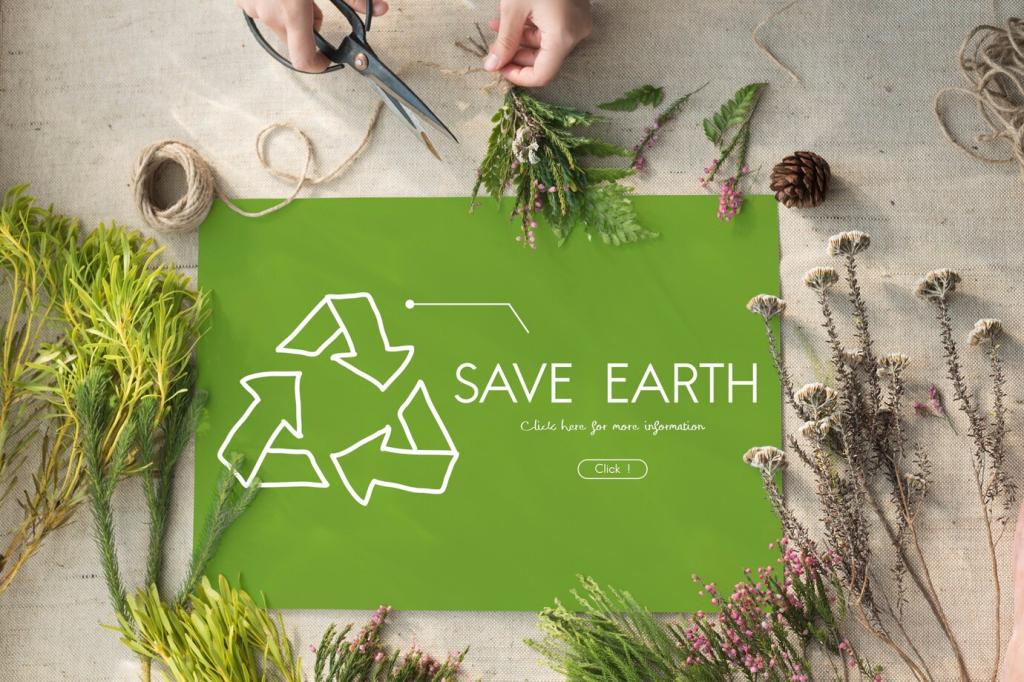Compost and Scraps Management
A lidded caddy collects scraps without fuss; empty it into a backyard bin or municipal cart before it smells. Coffee grounds, peels, and eggshells become black gold. What carbon source do you use—leaves, shredded mail, or sawdust? Share your balancing tips.
Compost and Scraps Management
Fermenting scraps with Bokashi or feeding a tidy worm bin keeps composting doable in apartments. A skeptical neighbor ended up naming our worms after jazz legends. Curious about getting started? Ask questions below, and subscribe for our beginner’s setup guide.
Compost and Scraps Management
Collect onion skins, leek tops, and carrot peels in a freezer bag for stock, and regrow green onions in a jar on the sill. Nothing feels more resourceful. What surprising scrap made your best broth? Tell us and inspire someone’s next simmer session today.







